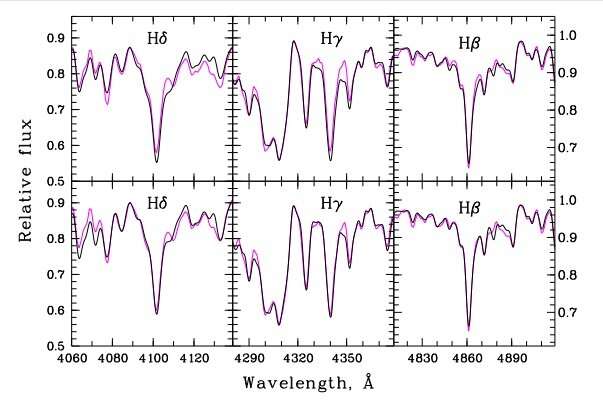April 22, 2020 report
Astronomers probe chemical composition of globular cluster NGC 6652

Using the Cerro Tololo Inter-American Observatory (CTIO), Russian astronomers have conducted a chemical study of the galactic globular cluster NGC 6652. Results of the study, presented in a paper published April 13 on arXiv.org, deliver more hints about the chemical composition of this cluster.
Globular clusters (GCs) are collections of tightly bound stars orbiting galaxies. Astronomers perceive them as natural laboratories enabling studies on the evolution of stars and galaxies. GCs are relatively rare; there are just over 200 such clusters so far identified in the Milky Way, so the hunt for new objects of this type is essential in order to improve our understanding of our home galaxy.
Located some 32,600 light years away, NGC 6652 is an old (about 11.7 billion years old), intermediate metallicity galactic GC. Its relative proximity to the galactic center, elongated orbit, age and metallicity make it an interesting object for studying the evolution of the Milky Way galaxy.
Now, Margarita Sharina of Special Astrophysical Observatory (SAO) and Vladislav Shimansky of Kazan Federal University (KFU), present the results of new chemical investigation of NGC 6652. The research is based mainly on the analysis of spectroscopic data obtained with the 4-meter Blanco telescope at CTIO.
"In this work, we make use of the integrated spectrum of NGC 6652 from Schiavon et al. (2005), and our population synthesis method (Sharina & Shimansky 2019, Sharina et al. 2018, Sharina et al. 2017 and references therein) to derive the helium mass fraction (Y), age and abundances of several chemical elements," the astronomers wrote in the paper.
The study determined chemical abundances of carbon, nitrogen, oxygen, sodium, magnesium, calcium, titanium, chromium and manganese. It turns out that the derived values for these elements, are generally typical for globular clusters and stars in the galactic bulge.
Furthermore, the metallicity of NGC 6652 was found to be approximately -1.2, what is typical for the majority of GCs in the Milky Way's bulge. The metallicity estimated by Sharina and Shimansky is by 0.2 to 0.3 dex lower than the value reported by previous studies.
Based on the new results, the astronomers estimate that the age of NGC 6652 is about 13.6 billion years. This makes it one of the oldest GCs in the Milky Way.
Given that the origin of the galactic bulge is still not fully understood, further studies of NGC 6652 could be essential to shed more light on this topic. According to the authors of the paper, their research provides important information into origin of NGC 6652 itself.
"As it was mentioned in the introduction, the origin of NGC 6652 is a matter of debates. According to the distance to the galactic center, metallicity and age, this GC belongs to the bulge and has formed in-situ," the astronomers concluded.
More information: Age and chemical composition of the globular cluster NGC 6652, arXiv:2004.05957 [astro-ph.GA] arxiv.org/abs/2004.05957
© 2020 Science X Network


















